1.33" rain fell at Twin Cities International Airport yesterday.
86 F. high in the Twin Cities Tuesday.
82 F. average high on August 6.
86 F. high on August 6, 2012.
Cooler than average into early next week.
Perspective
"Any day you can drag yourself to the window and
look outside is a GOOD DAY" my late grandfather liked to remind me. He
was right. If your kids are healthy & you don't have to forage for
dinner how bad can it be?
I thought I was having a challenging year until I
read about the travails of Erik Norrie who lives in the Tampa area.
Recovering from a recent shark bite, Norrie went on to explain that he's
also been struck by lightning, bitten by a rattlesnake, and punched by
monkeys (twice). Details below. I'm feeling better about my year.
You may be feeling luckier after checking out
the 7-Day. Yesterday's T-storms are long gone - a fresh transfusion of
Canadian air will make it feel like mid-September today. Free A/C for
everyone! Friday may be even cooler; highs in the 60s up north with a
risk of sweatshirts.
I'm still cautiously optimistic about the
weekend. Yes, it will fall on a Saturday and Sunday. Any other
questions? A consensus of weather models keep most of the showers and
T-storms south and west of Minnesota (although an instability PM shower
may pop over the Minnesota Arrowhead).
Highs hold in the 70s, with some
60s up north. Perfectly normal for the third week of September.
The Perseid Meteor Shower peaks this weekend.
With less haze, great visibility (and no moon to compete with) your odds
of seeing a lucky shooting star just went up.
* image credit above
here.
Metro Damage Path. NOAA data shows the largest hail
and strongest wind gusts (60-70 mph) from Independence and Lake
Minnetonka to Eden Prairie, Edina to Apple Valley and Rosemount. There
were numerous reports of downed trees and hail as large as 2-2.5" in
diameter.
Shelf Cloud. When you see a cloud formation like
this I hope it's on your way to the basement, or someplace safe.
Meteorologist Todd Nelson snapped this photo at severe, straight-line
winds were approaching the Albertville/St. Michael area.
Trees Down In St. Louis Park. Straight-line winds
may have reached 60 mph+ as the first (supercell) storm swept through
the metro around 6:30 to 7:30 PM. This is a photo from Bridget Brask in
St. Louis Park, via Lori Ryan at WeatherNation TV.
Supercell. I took this photo in the Excelsior area around 6 PM as a severe storm was approaching Hennepin County.
1.75" diameter hail reported at Bloomington and Eden Prairie.
2" hail pelted Edina as the first wave of severe weather pushed thru. For the latest severe reports from the National Weather Service
click here.
Quarter Size Hail. My friend and business partner, Todd Frostad, measured quarter-size hail at his home in Chanhassen.
Double Rainbow. WeatherNation TV meteorologist Todd
Nelson captured this amazing double rainbow at his home in St. Michael
after the severe storm rolled thru.
Dog Days (In The Yukon?) You won't be able to work
up much of a sweat into next week, highs mostly in the 70s (some 60s up
north) with lows dipping into the 40s and 50s. More September. A shower
is possible late Thursday ahead of the next reinforcing push of
Canadian air, otherwise dry weather persistes through early next week.
ECMWF data above.
Cue The Sweatshirts. No more warm/hot fronts looking
out into late next week, in fact metro lows may dip into the 40s
Saturday morning. Weekend highs reach the low to mid 70s in the metro
area, a shot at 80 F. by the middle of next week. Graphic: Iowa State.
Extended Outlook. The GFS Outlook out to 192 hours
shows a few waves of heavy showers and T-storms pushing across the
northern USA in advance of Canadian cool frontal passages. The heaviest
rains are forecast to fall from the Central Plains into the Ohio
Valley. Another deja vu moment: the west coast stays dry.
Meteorological Disconnect: Fairbanks Warmer Than Los Angeles?
These persistent north-south dips in the jet stream are resulting in
some very odd weather for early August. The weather is bone-dry out
west, but tropical downpours have been the rule since July for the
Southeast and Mid Atlantic region. We check out some of these
irregularities in today's edition of
Climate Matters: "
WeatherNationTV
Chief Meteorologist Paul Douglas looks at temperature swings from
year to year, the connection between Alaskan warmth the lower 48 cold
streak, as well as the positive impacts that increased rain has had
across the US."
Forecast: Two Hurricane Landfalls For U.S. This Season. Here's a clip from a story at
The Jackson Sun: "
The
U.S. should be slammed by two hurricanes this season, according to a
new forecast released Thursday by scientists at Coastal Carolina
University in Conway, S.C. This is the first forecast that predicts the
specific number of hurricane landfalls the nation should see; up until
now, preseason hurricane predictions have traditionally been only for
the number of hurricanes that are expected to form. One of the
hurricanes should hit the East Coast, and another somewhere along the
Gulf Coast, reports atmospheric scientist Len Pietrafesa of CCU. The
forecast does not say specifically where the hurricanes will hit, nor
when..."
Image credit: "
A satellite image shows Hurricane Floyd spinning off the East Coast in September, 1999." AP Photo.
Hurricane Center Extends Its Tropical Outlook To Five Days. Track forecasts continue to improve over time. Intensity predictions are still more problematic. Here's a clip from the
Orlando Sentinel: "
Thanks to steady improvement in its forecasting skills, the National Hurricane Center
plans to tell us when a disturbance holds potential to grow into a
storm — five days in advance. As of Thursday, the center plans to extend
from two to five days its tropical weather outlook, found online at
nhc.noaa.gov. It's the first major change in that segment of the
forecast in more than three decades. "We're always looking to extend
service when we can," said James Franklin, the center's top hurricane
specialist. The current two-day outlook provides the odds of a
disturbance developing into a depression or storm in both text and
graphics. A low chance (0 percent to 20 percent) is displayed in
yellow, a medium chance (30 percent to 50 percent) in orange and a high
chance (60 percent and above) in red on the center's main map..." (Image credit: NHC).
Twister Truths: Does The Tornado Risk Peak After The School Day Ends? Tornadoes
are most likely, statistically, between 4-6 PM, during the maximum
heating of the day, when the atmosphere is most unstable. In light of
this year's tornado tragedies in the Oklahoma City area
StateImpact has put together the first part of a four-part series, produced by NPR. Here's an excerpt of Part 1: "...
Seven
children died in the Plaza Towers Elementary School when the EF-5
tornado ripped through Moore on May 20, but Oklahoma policymakers —
from Gov. Mary Fallin and Oklahoma Department of Emergency Management
Director Albert Ashwood to local school officials — say a large-scale
effort to build storm shelters at public schools, as other states have done,
is unlikely. One of the main reasons, they say: Most tornadoes don’t
happen during the school day. In other words, the tragedy at Plaza
Towers was highly unusual. But is that claim true? State emergency
management officials say they emphasize individual storm shelters
because most tornadoes occur during times of the day when most
Oklahomans are home from work and school. And local officials have used
the “peak tornado times” reasoning to justify closing community storm shelters out of concern for keeping Oklahomans at home and off the road during severe weather..."
Photo credit above: Richard Rowe / Reuters/Landov. "
A mile-wide tornado near El Reno, Okla. on May 31, 2013."
More Rain From Less Pollution? Here's a clip from an interesting article at
Atlanta's 11alive.com, focusing on the implications of cleaner air, and how this may be one factor in an apparent uptick in torrential rains: "
Feel
like you are living in Seattle or the Amazon Rainforest lately thanks
to the non-stop rain? You can thank the Clean Air Act for that --
well, sort of. Back in 1970 the Clean Air Act was passed. This
initiative focused on reducing airborne pollutants that posed a threat
to human health. Jeremy Diem, a climatologist at Georgia State
University performed research looking at 18 National Weather
Service co-op weather stations and noticed that Atlanta's average
annual rainfall increased by 10 percent in the decade following the
new Clean Air Act. He studied specifically the summer months during
the years of 1948 to 2009..."
"Beat The Heat - Check The Back Seat!" The heat has
ebbed over much of the northern USA, but baking, antiperspirant levels
of heat and humidity continue to grip the south and west. Here's an
excerpt of a timely story highlighting the risk of leaving kids strapped
into carseats from
newsok.com: "
One
of the biggest weather related risks during the summer months is the
possibility of a child dying in a vehicle from heat stroke. The
temperature inside a vehicle can rise 20 degrees in as little as 10
minutes, and 50 degrees in an hour- even when outside air temperatures
are in the 70′s! The inside of a car acts like a greenhouse,
where actual temperatures inside the vehicle can reach 120°F in
minutes and approach 150°F in as little as an hour! This can cause hyperthermia (heat stroke) in only minutes, particularly in children, whose body temperatures warm at a rate three to five times faster than an adult. Studies have shown that “cracking the windows” provides little (if any) relief..."
Image above and additional information on car/kid safety during hot weather from
Consumer Reports.
Falling Prices Cloud Outlook For Minnesota Corn Farms. Prices have eased right along with the drought, as reported by
The Star Tribune; here's an excerpt: "
Minnesota
cropland values surged again the past year as farmers reeled in big
paychecks. This year’s crops are looking decent, overcoming a sodden
spring and late planting. The weather has been good. In fact,
everything is so good it may be too good, or so goes the logic of
farming economics. With big grain crops expected through much of the
nation, the price of corn has dropped to levels not seen since 2010.
That means farmers who’ve sunk more money into land and equipment
during boom times — thus increasing their costs — are looking at
thinning margins this year if corn prices stay where they are..."
Photo credit above: "
Cropland values surged 20 percent in Minnesota from last year after farmers posted their best year in decades." Photo: Brian Peterson, Star Tribune
The 2013 Perseid Meteor Shower: An Observer's Guide.
There's some very good information on one of the major celestial
events of the year, peaking in the near future. With this flurry of
September-like fronts, less haze and better visibility you stand a
better chance of seeing a lucky shooting star or two, especially if you
can get away from the light pollution of the Twin Cities.
Universe Today has more details: "
Get
set for the meteoritic grand finale of summer. Northern hemisphere
summer that is. As we head into August, our gaze turns towards that “Old
Faithful” of meteor showers, the Perseids.
Though summer is mostly behind us now, “meteor shower season” is
about to get underway in earnest. Pronounced “Pur-SEE-ids,” this
shower falls around the second week of August, just before school
goes back in for most folks. This time of year also finds many the
residents of the northern hemisphere out camping and away from
light-polluted suburban skies. This year also offers a special treat,
as the Moon will be safely out of the sky during key observation times..."
Image credit above: "
The radiant for the Perseids, looking to the NE from latitude ~30N at around 2AM local." Created by the Author in
Starry Night).
A 45 Day Forecast? The models have (some) skill out
15 days or so, depending on the pattern, at least for precipitation and
temperature for a specific point, but 45 days into the future?
Sometimes we can detect trends, based on El Nino or La Nina, but a
precise temperature/rainfall prediction for late September for a given
town? Not possible, at least not with any demonstrable skill. Here's a
post from meteorologist Dan Satterfield at
AGU Blogosphere: "
AccuWeather
announced today that they are now producing “revolutionary” 45 day
weather forecasts. Yes, you read that right, and while the public in
general has a rather low understanding of science, I don’t think most
people are that gullible. My first thoughts were that it might be a way
of getting some free advertising, but perhaps they’re really serious. Let
me first be clear and tell you that synoptic weather forecasts are
about 90% accurate out to 1 day, and are fairly accurate out to 5 days
most of the time. Beyond 7 days the best forecast is to use is the 30
year averages..."
The Opposite Of Lucky. My heart goes out to this
man, who has endured a spell of unimaginably bad luck, including a
recent shark bite. But wait, there's more.
My Fox Tampa Bay has the head-shaking details; here's an excerpt: "...
The
family said their prayers got them through the worst part of this
ordeal and they are certain their strong faith will take them to
whatever the next challenge ahead is. By the way,
Norrie has also been struck by lightning, and his right leg has been
bitten by a rattlesnake. He's also been punched by monkeys twice, and
now can claim that he's survived a major shark bite..."
* is it just me, but "punched by monkeys twice" made me a little
weak in the knees. That may be the most remarkable sentence I've ever
seen in print. After the first monkey mugging I think I'd get the
message....
A "No" That's Painful To Watch. First rule, before
asking your girlfriend to marry you (in public) get a sense if she
really wants to tie the knot in advance, something this poor guy didn't
do, as highlighted at
The Telegraph: "
First
rule of public proposals: be certain your partner wants to marry you.
Unfortunately for this man in Connecticut, he only found out his
girlfriend's true feelings at the same time as a stadium full of
onlookers."
TODAY: Plenty of sun, cool breeze. Dew point: 50 NW 10-15. High: 76
WEDNESDAY NIGHT: Clear and cool. Low: 57
THURSDAY: Some sun, late-day shower risk. High: 77
FRIDAY: Intervals of cool sun, Canadian breeze. Wake-up: 57. High: 74
SATURDAY: Plenty of sun, comfortable. Dew point: 47. Wake-up: 55. High: 75
SUNDAY: Mix of clouds & sun, still cool. Wake-up: 57. High: 76
MONDAY: Blue sky, very pleasant. Wake-up: 60. High: 79
TUESDAY: Partly sunny, warming up. DP: 61. Wake-up: 62. High: 81
Climate Stories...
Investors See Climate Change As Risk That Influences Decisions.
Bloomberg.com has the story - here's the introduction: "
Climate
change remains a material risk for a majority of investors and, in
many cases, it is increasingly influencing their investment activities,
according to a report released Aug. 5 by a coalition of global
investor groups. About 81 percent of asset owners and 68 percent of
asset managers said they view climate change as a material risk across
their entire investment portfolio in the third annual Global Investor
Survey on Climate Change. Most of the remaining respondents identified
climate risks only for certain asset classes, such as real estate and
infrastructure. Climate change also had an impact on investment
activities in 2012, with more than half of asset managers and almost a
quarter of asset owners saying climate change concerns influenced
their investment or divestment decisions..."
Photo credit above: "
Flooded homes in Deggendorf, Germany
on June 6, 2013. Riverside cities throughout Central Europe braced
themselves, as rivers like the Danube and Elbe continued to surge. The
region has been hit by inundations this week, following days of
extreme rain, with some areas seeing flood levels not recorded in more
than 500 years." Photographer: Armin Weigel/EPA
A Methane Problem In Utah. A 9% leak of methane into
the atmosphere from fracking wells? Anything over 2% means that
fracking is (potentially) even dirtier than burning coal. That's why the
methane leakage problem is worth considering when pondering the
question: "is hydraulic fracture cleaner than coal?" Here's a clip from a
story at
mysanantonio.com: "
Almost
a tenth of the methane produced from oil and gas operations in a Utah
site escapes into the atmosphere, according to a federally backed
study published Monday. An analysis of the report from the Environmental Defense Fund called the emission rate “alarmingly high.” The study, which included researchers from the National Oceanic and Atmospheric Administration
among others, was published Monday in the journal Geophysical Research
Letters. It found that 9 percent of methane produced from drilling
sites in a portion of Utah's Uintah Basin escaped, said Colm Sweeney, one of the study's main authors and a scientist at the National Oceanic and Atmospheric Administration's Earth Systems Research Laboratory in Boulder, Colo...."
Photo credit above: Bryan Chan / Los Angeles Times. "
An
oil rig operates in the Book Cliffs area, which is in the Uintah Basin.
A federally backed study has found that 9 percent of methane produced
from drilling sites in a portion of Utah's Uintah Basin escaped into
the atmosphere."
Air Sampling Reveals High Emissions From Gas Fields. There's a problem near Denver too. Here's an excerpt from a PDF at
The University of Texas: "
When
U.S. government scientists began sampling the air from a tower north
of Denver, Colorado, they expected urban smog - but not strong whiffs
of what looked like natural gas. They eventually linked the mysterious
pollution to a nearby natural gas field, and their investigation has
now produced the first hard evidence that the cleanest-burning fossil
fuel might not be much better than coal when it comes to climate change..."
Image credit above: "
Natural-gas operations in areas such
as Wyoming’s Jonah Field could release far more methane into the
atmosphere than previously thought." J. SARTORE/NATIONAL GEOGRAPHIC STOCK
Arctic Ice Grows Darker And Less Reflective.
NewScientist has the article; here's the introduction: "
Arctic
ice is losing its reflective sheen. It's common knowledge that each
summer, more and more of the ice melts leaving the dark waters of the
ocean uncovered – a process that accelerates global warming by reducing
the amount of solar radiation reflected back into space. Now it turns
out that the surviving sea ice is also becoming darker and less
reflective. For the first time, a detailed analysis of 30 years of
satellite data for the Arctic Ocean has quantified how much the albedo,
or reflectivity, of Arctic ice is diminishing. Aku Riihela
of the Finnish Meteorological Institute told New Scientist he
estimates that darker ice means the Arctic Ocean's albedo at the end of
the summer is of the order of 15 per cent weaker today than it was 30
years ago..."
Photo credit above: "
The more ice melts, the more the Arctic warms, melting more ice."
(Image: Panu Lahtinen, FMI).
Public Sees A Connection Between Arctic Warming And Weather Here.
There's mounting evidence that rapid warming of far northern latitudes
is, in fact, impacting lower latitudes, with possible changes in the
speed and configuration of jet stream winds. Here's an excerpt from
fosters.com: "...
Hamilton
and Stampone used data from more than 1,500 random-sample telephone
interviews conducted in 2012 and 2013 by the Granite State Poll. Recent
scientific studies have reported that Arctic warming affects the
weather farther south, changing the likelihood of extreme hot or cold
events, unusual snowfall patterns, and drought. The UNH researchers
explored public acceptance of such ideas by asking whether people
believed that future Arctic warming will have major, minor, or no
effects on the weather where they live. Sixty percent answered “major
effects” and another 29 percent said “minor,” indicating wide public
acceptance of the scientists’ Arctic/weather connection..."
New Technique For Turning Water And Sunshine Into Hydrogen Fuel.
Gizmag.com has the story - here's the intro: "
A
new technique developed by a University of Colorado Boulder team
converts sunshine and water directly into usable fuel. The technique
involves concentrating sunlight in a solar tower to achieve temperatures
high enough to drive chemical reactions that split water into its
constituent oxygen and hydrogen molecules. In this way, the team says it
should be able to cheaply produce massive amounts of hydrogen fuel..."
Image credit above: "
Artist's conception of a commercial hydrogen production plant that uses sunlight to split water to produce clean hydrogen fuel." (Image: University of Colorado Boulder).
The Rise And Rise Of American Carbon. We've
witnessed a decrease in greenhouse gas emissions (more reliance on
natural gas and less burning of coal), but this story argues that the
USA is now in the process of exporting our greenhouse gas surplus to
other nations around the world. Here's an excerpt from
The Guardian: "
You've probably heard that US carbon emissions have been falling. According to President Obama and energy commentators the world over, fracked shale gas has displaced dirty coal, in much the same way that fossil fuels undercut whale oil
a century earlier. Out with environmentally unfriendly old
technologies and in with cleaner and more efficient new ones. Everyone
wins – including the climate, thanks to the fact that gas produces
only around half as much CO2 as coal does for each unit of power or
heat created. On the other hand, you may also have heard that US coal exports have increased
as its domestic emissions have fallen. America currently has little
in the way of gas export facilities but plenty of capacity for
shipping coal to Asia, Europe and elsewhere. Those ports have been
busy of late and the ripple effects are being felt far and wide. For
instance, UK emissions shot up 4.5% last year,
partly due to low coal prices made possible by surging US exports. So
could it be that rising US gas production has increased the human
contribution to global warming, even as American's own emissions have
fallen..."
Photo credit above: "
Although coal mines, such as this one
in Appalachia, have been hit by shale gas, the total amount of carbon
the US extracts is now higher than ever." Photograph: Les Stone/Corbis
Can Farming Provide A Solution To Climate Change? Yahoo News has the story - here's a clip: "...
We
know that raising soil organic matter is good for soil, good for
society and good for climate," says Miller, whose day job is as an
economist for the Iowa Farm Bureau
(IFB). He once ran the nation's largest agricultural carbon credit
service. The idea is simple: The soil is one of the best places to put
the carbon dioxide causing climate change, which has reached new highs in the atmosphere.
Plants help put the carbon into the soil through
photosynthesis—knitting CO2 and water into carbohydrates using the power
of sunlight. And farmers can boost the process further by turning
some of those plants into charcoal—or biochar, as advocates of the approach like to call it..." (Photo credit: Trista Dunsmoor).
Climate Change Pushing Marine Life Towards The Poles, Says Study.
The Guardian has the story - here is the introduction: "
Rising
ocean temperatures are rearranging the biological make-up of our
oceans, pushing species towards the poles by 7kms every year, as they
chase the climates they can survive in, according to new research. The
study, conducted by a working group of scientists from 17 different institutions,
gathered data from seven different countries and found the warming
oceans are causing marine species to alter their breeding, feeding and
migration patterns. Surprisingly, land species are shifting at a
rate of less than 1km a year in comparison, even though land surface
temperatures are rising at a much faster rate than those in the ocean..." (Image: National Science Foundation).
Electric Car Sales Up 520% Over 2012.
Gas2.org has the details: "
The numbers are in for “mass-market” 100% electric vehicle (EV), plug-in hybrid electric vehicle (PHEV), and conventional hybrid electric vehicle
sales. Well, the numbers are in from everyone but Tesla and Fiat.
(The Tesla Model S total in the colorful spreadsheet below is an
estimate based on quarterly sales updates, since the rockstar EV
company doesn’t report monthly sales.) As you can see in the embedded
spreadsheet, I use green highlighting to show when year-over-year
change is positive and I use red highlighting to show when it is
negative. Paying attention to that very complicated system, you can
see that everything is green in the sales totals for 100% EVs, PHEVs,
and conventional hybrids — for both July 2013 and YTD 2013..."
Hybrid Planes Trying To Charge Into Action. No-guilt
flying, all on electrical power, no greenhouse gases emitted? It may
become a reality sooner than you suspect, according to
The BBC. Here's an excerpt: "
How
would you feel about flying on an electric airliner? Current planes
may be noisy, rattly, and relatively inefficient, but there’s
something reassuring about being able to hear the constant roar of the
engines, or glance out of the window and see them. So the airliner
of the future may feel very alien to anyone comfortable with our
current mode of flying – at least if an ambitious model called the
eConcept is anything to go by. Designed by European aviation
powerhouse, EADS (which announced it will be renamed Airbus Group
next year), together with Rolls Royce, the eConcept shows how
cutting-edge technology and materials could combine to make more
efficient and quiet aircraft that take their cues from the hybrid-car
model..."
Image credit above: "
Silent revolution. Ambitious ideas on
the table for hybrid-like planes could mean the airliner of the
future may look, feel and sound very different to today’s models." (Copyright: EADS)
Future Of Solar Power: How About Transparent Solar Cells That Can Be Put On Windows? Sounds like a great idea to me. Here's a clip from a story at
The Economic Times: "...
The other breakthroughs are a transparent solar cell from the University of California
in Los Angeles, a simple solar cell from Germany that can split
water and produce hydrogen, and a photovoltaic-thermal system from
Canada. Transparent solar cells are an exciting development as they
can be put on windows, gadgets and in other places to generate
electricity on the sly. Producing hydrogen from water using sunlight
is a dream of the solar energy world, as it lets us store the energy —
in the form of hydrogen gas or in a fuel cell — that can be used at
night or on cloudy days. Combining photovoltaics with thermal uses
both light and heat from the sun. There is a long way from a
technology demonstrator in the lab to a commercially successful
device. In the field of solar energy, this is important, as the cost
of commercialisation can at times be very high..."
Photo credit above: "
Scientists use a plasmonic solar cell that uses the bizarre laws of quantum mechanics to achieve high efficiency at low cost."
Global Warming Denial Is Science-Proof.
Slate has the story - here's the introduction: "
Every
time I see an opinion piece written by a global warming denier I
think to myself, “Well, this’ll be painful, but at least it can’t get
any worse than the one’s I’ve already read.” And then I read it. And I
find out I was wrong. So here I am again, shaking my head after
reading yet another in a long line of global-warming denial articles
making bizarre claims. This one was written by Rich Trzupek and is
entitled “Michael Mann Redefines Science”. The title alone told me I was in trouble—Mann is actually a respected climate scientist
(except in the antireality-o-sphere, that is)—and then I saw where
this gem was posted: on the Heartland Institute’s blog. You remember the Heartland Institute, right? They’re the ones who put up billboards comparing climate scientists to mass murderers and dictators, which caused such a foofooraw that they hemorrhaged sponsors. They had to take the billboards down, but then declared the campaign a success..."
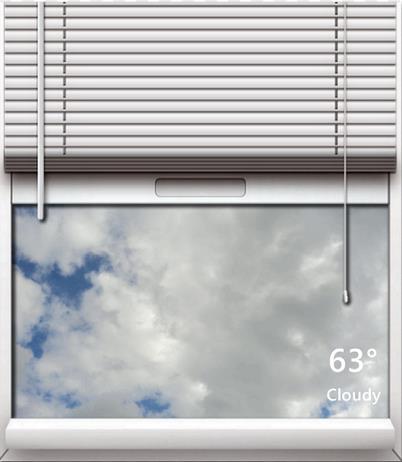
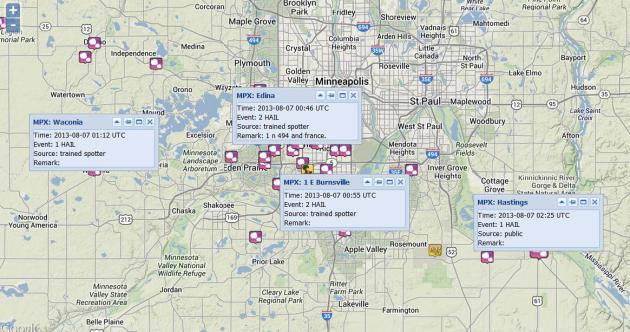

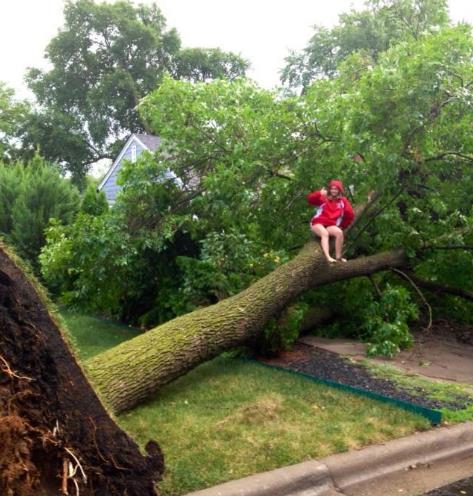

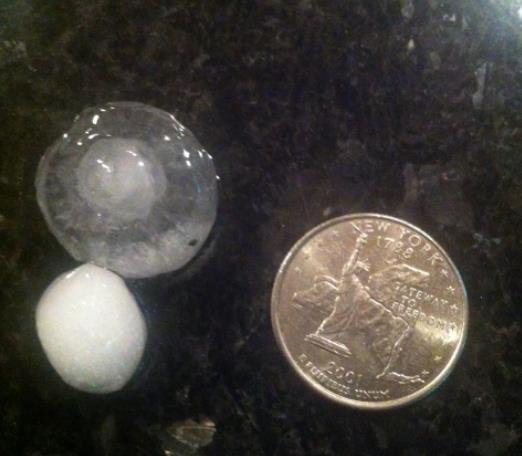
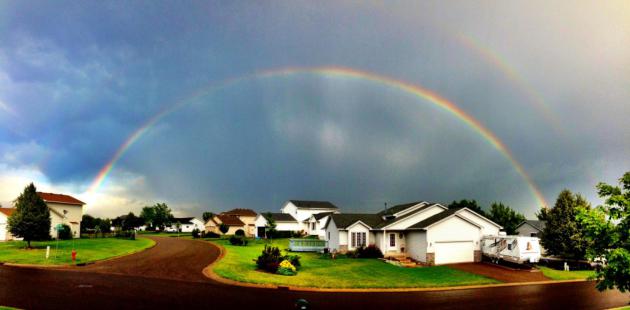

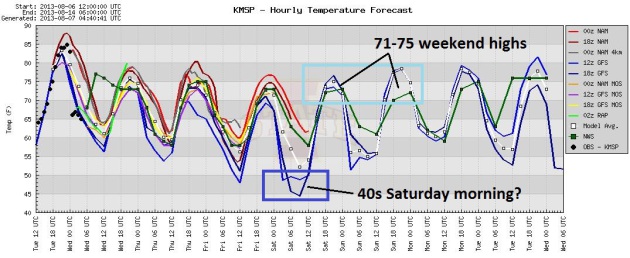

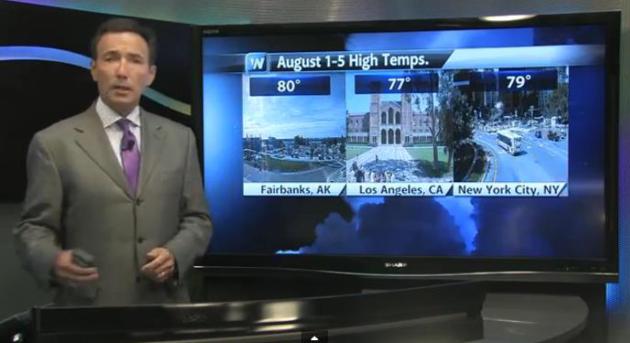
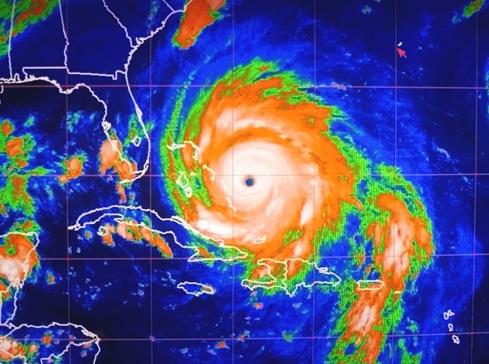
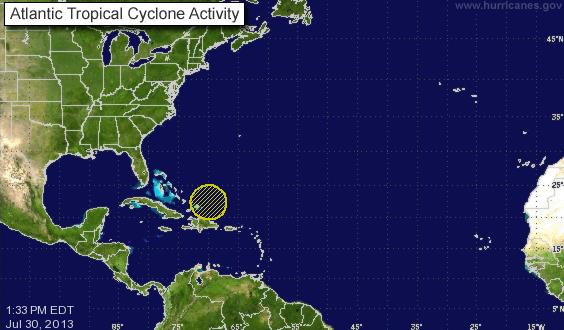

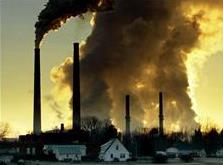

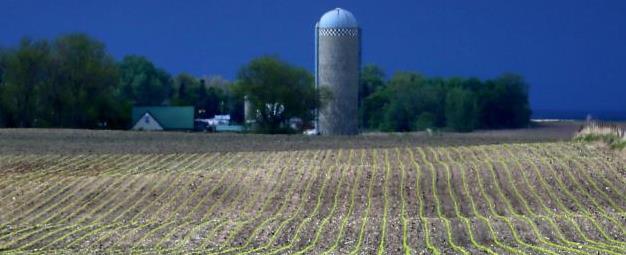



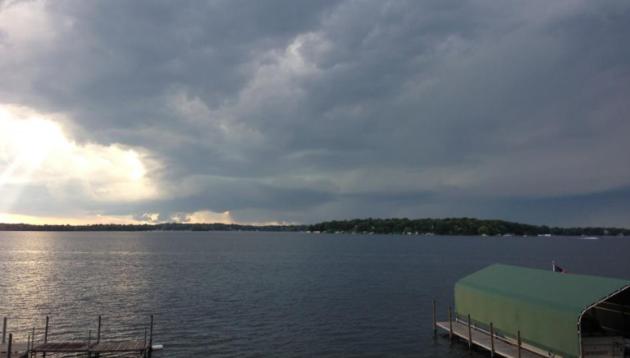


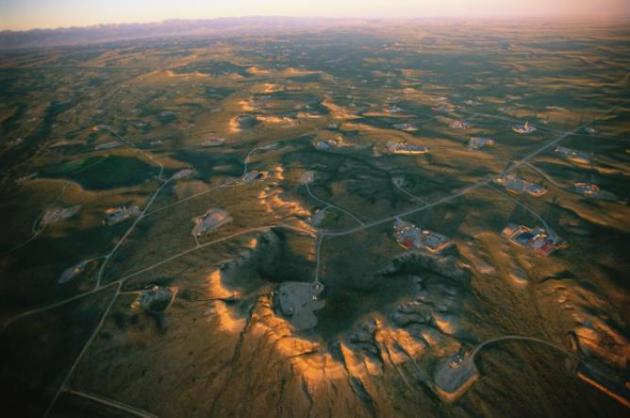
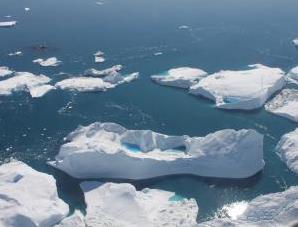
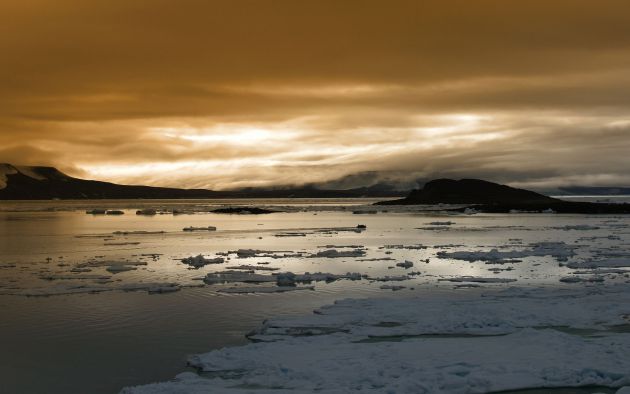
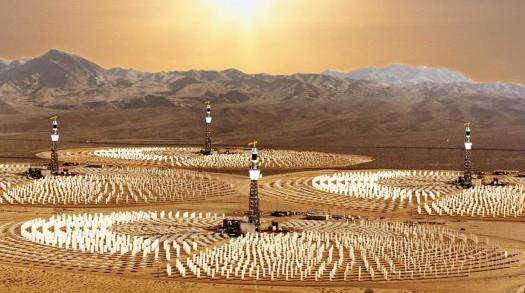
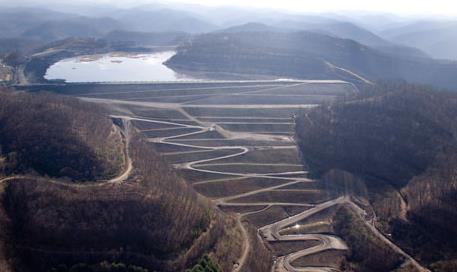
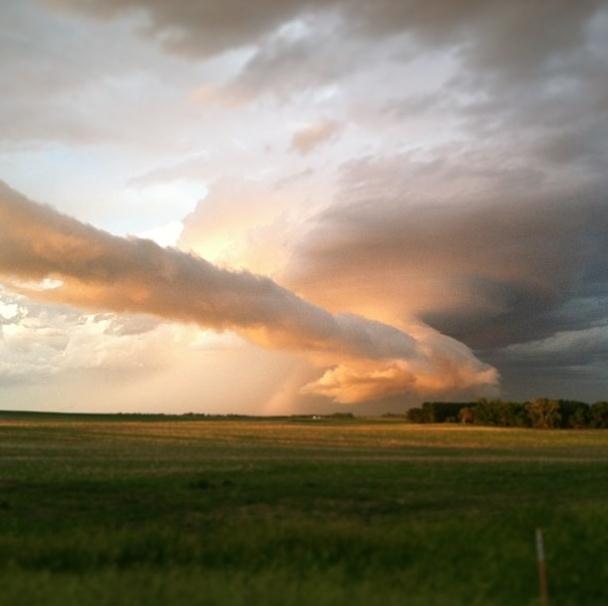



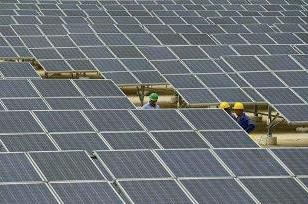


No comments:
Post a Comment